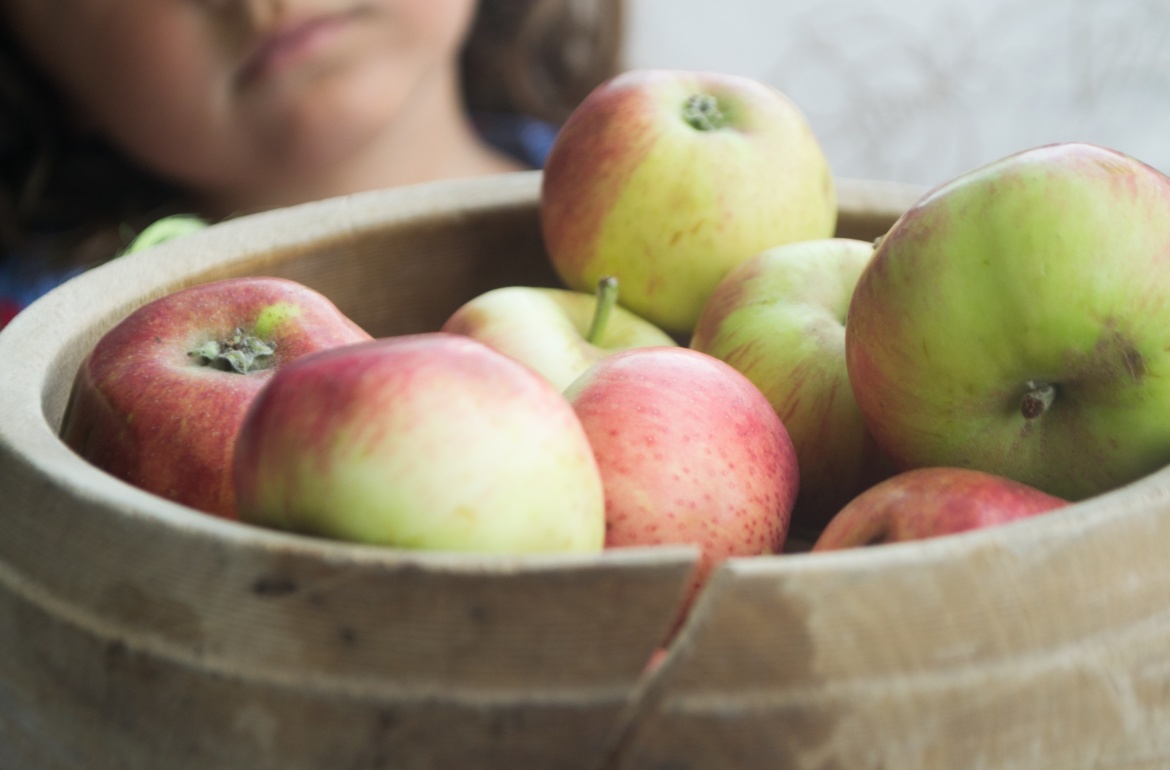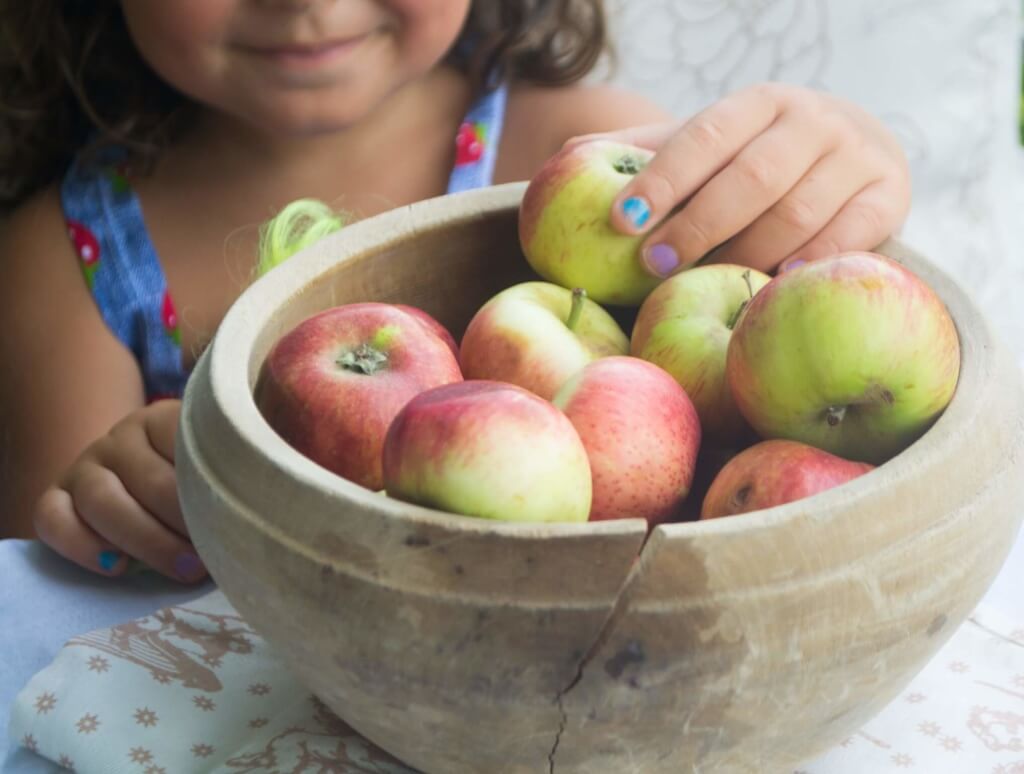
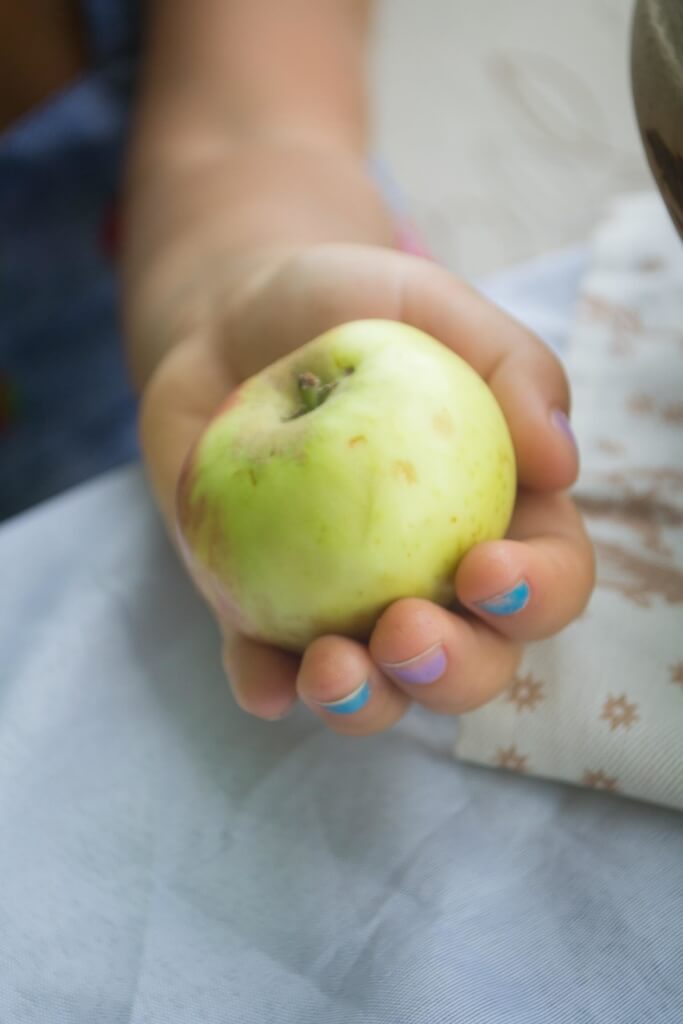
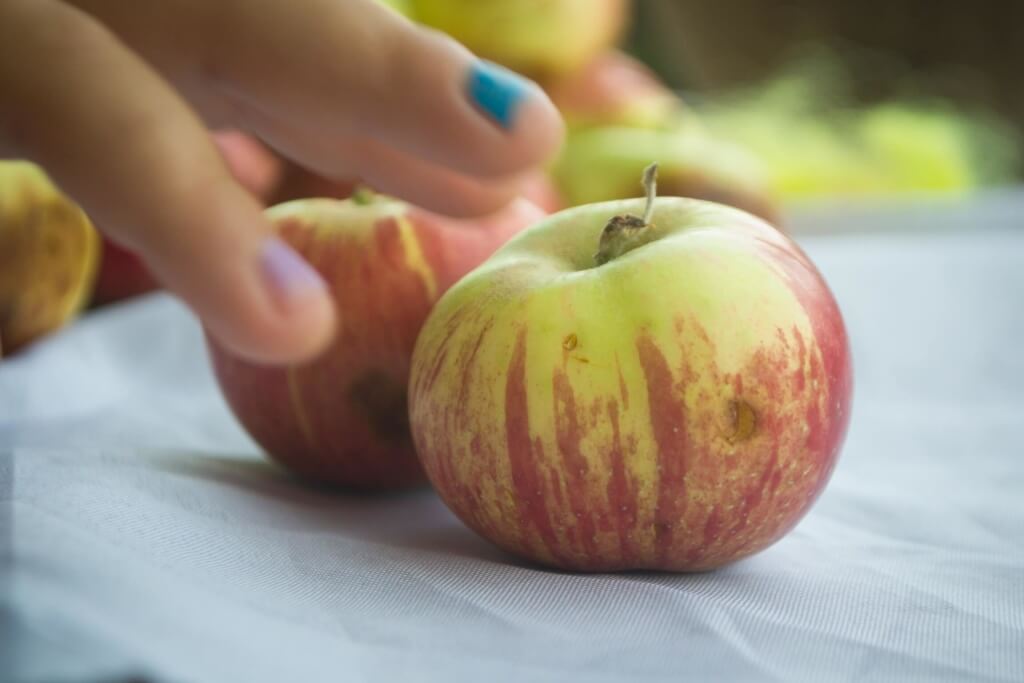
I’ve been meaning to update my apple cider vinegar recipe for quite some time and I am very happy to be able to do it with these little organic apples I have found on a small village market while I was on vacation in Bodrum.
Of course there are many ways of making apple cider vinegar : you can make from its peels, you can slice the apples and add water on top and wait etc. But my way requires a juicer and I love how it is made from its own juice alone.
The thing that I am most interested in is of course its history. I have come accross many interesting information while I searched. First of all, nobody knows how vinegar was invented. According to the legend it was discovered in Babylonia when someone made grape juice and completely forgot about it. Babylonians used vinegar as a cleaning agent, condiment, food preservative and medicine.
According to an another legend Cleopatra made a bet that she can spend a fortune in a single meal. Then she dissolved her precious pearls in vinegar and won the bet. Vinegar became widespread from Egypt to Rome. Roman armies used vinegar as a tonic to strengthen the body.
Seljuk Empire’s famous drink Sirkencubin (also known ad Mevlana’s sherbet) was traditionally made with honey, water and vinegar and was passed over to Ottoman Empire. This drink was known for treating gas and bloating and was used to cure digestional diseases.
Ottomans also found an another way to make use of it: they poured boiled vinegar in their enemies eyes for torturing.
I promise this is not my intention!
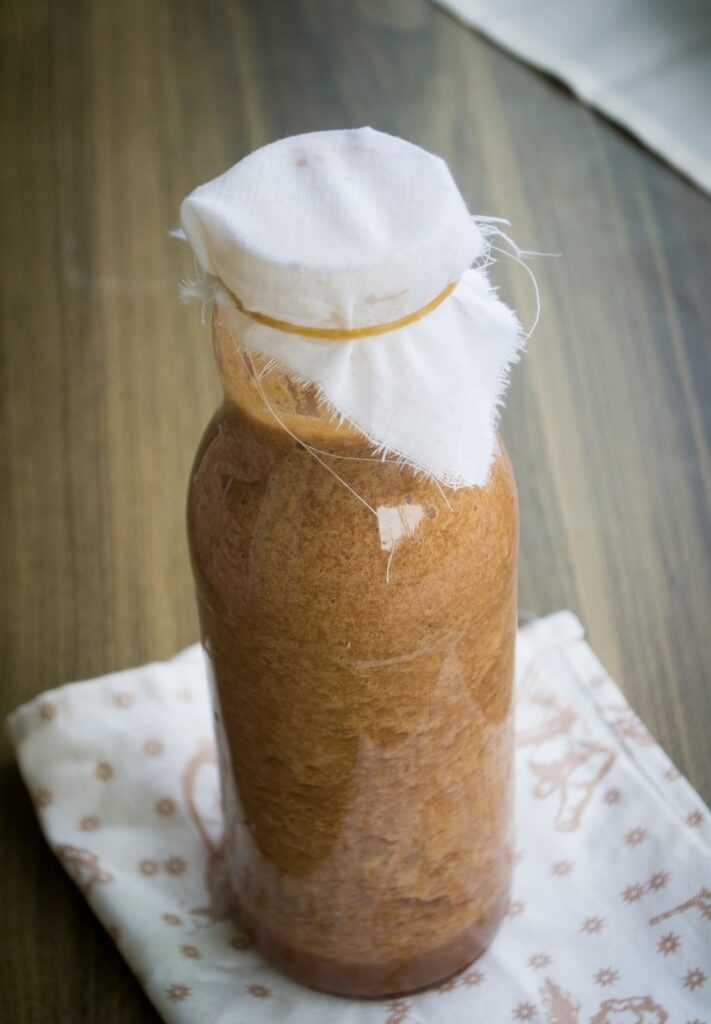
Homemade Apple Cider Vinegar
Ingredients:
Juicy, sweet, organic apples (the amount is up to you)
Instructions:
1-Wash the apples very well, pour on your juicer and squeeze out all of its juice. Do not peel the apples, do not remove the cores.
2-Fill a glass bottle or jar with the juice and leave 6-7 cm empty space for it will rise up.
3-Add a few spoonfuls of the apple juice residue inside the bottle. You don’t need to add anything else.
4-Cover the jar/bottle with a thin cheesecloth (It needs air) and keep it in a dark place with over 15 C temperature.
5-Mix with a clean spoon once a day until the residue descends to the bottom.
6-In 1-3 months your vinegar will be ready (small vinegar flies will come and visit your house), then you can taste and strain with a cheesecloth – if it tastes as you desire, if not, keep it waiting.
Note: If your vinegar turns to alcohol it means there weren’t any good bacteria around to turn it into vinegar.
Resource:
http://www.enzyme-facts.com/vinegar-history.html
http://beslenmebulteni.com/beslenme/sirke-ve-insan-sagligi/
http://dunyazamanlarimdan.blogspot.com.tr/2013/07/sirkencubin-serbeti-tarif.html

